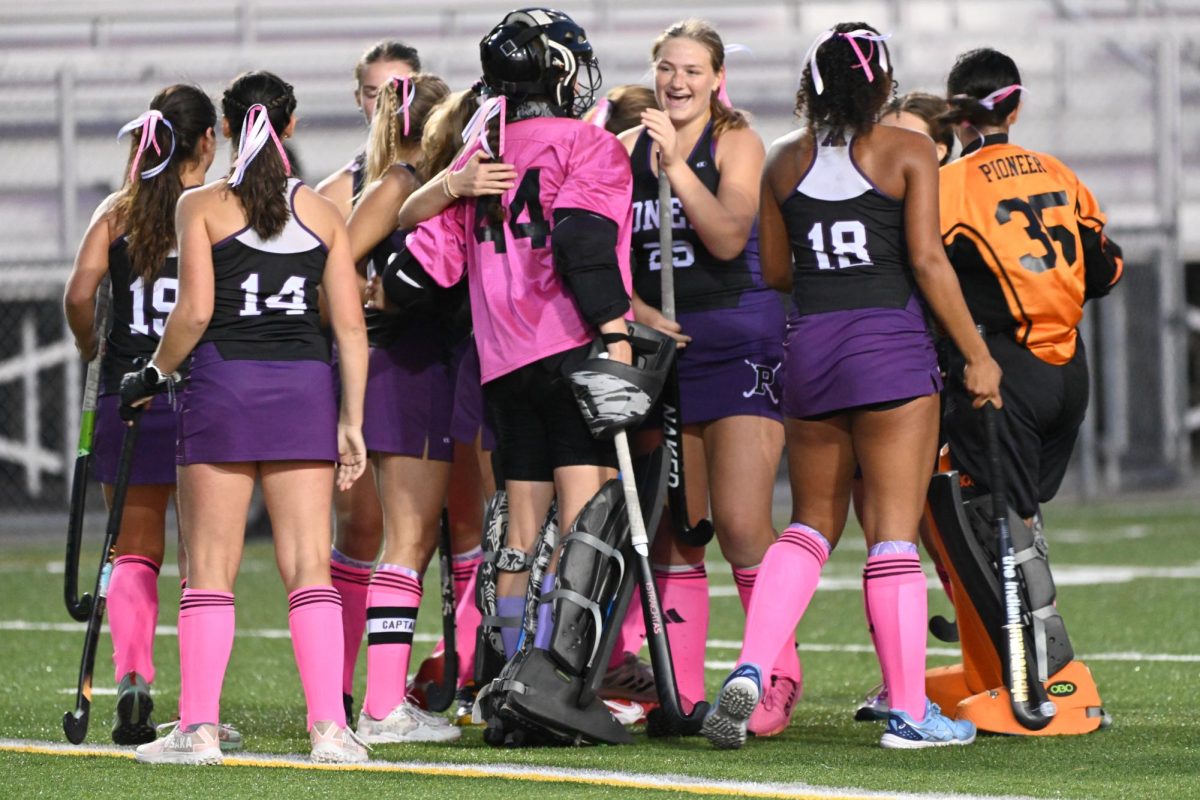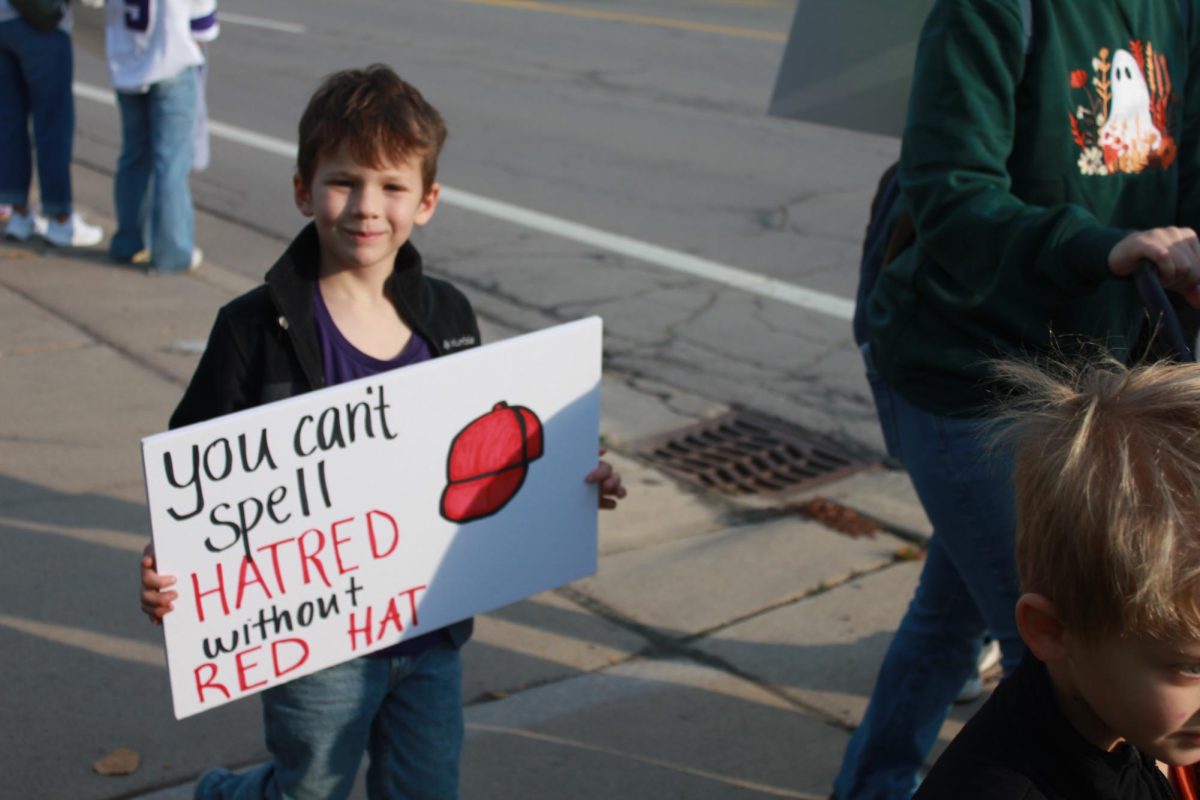It seems Community High School is here to stay. Even with the district facing a 20 million dollar deficit, CHS will continue to operate. After months of rumors and worry, it is clear that the district has no current plans to eliminate or downsize the home of the rainbow zebras.
The district recently released its proposed budget for the 2010/2011 school year. Although closing schools is not part of the plan, there are severe cuts that will be felt throughout the district.
The drastic loss of funding faced by the AAPS requires tough decisions to be made. To recap: the money the district receives from the state has been cut by 398 dollars per student. There are further state funding cuts that are yet undecided, but could remove another 230 dollars per student from the district’s pocket.
All this, combined with the fact that the AAPS currently operates with a structural deficit means that, without cuts, the district would have been almost 20 million dollars in debt.
By making significant cuts, the district hopes to avoid such severe fiscal shortages in coming years. Although the administration has stressed its hope to keep impacts out of the classroom and away from students, the cuts will most likely be felt by everyone in connection with AAPS in one way or another.
Among the most notable cuts affecting high school students is the move to a “pay-to-participate” athletic and extra curricular system. Starting in the fall of 2010/2011 high school students must pay 150 dollars to participate in any afterschool sports. This is separate from any money that students currently pay to offset the cost of uniforms, equipment, and transportation. These additional costs will still be present under the new system. Students who play more than one sport would pay 50 dollars for each activity after the initial 150 dollars.
This proposal of a “pay-to-participate” process has been criticized for negating the equal opportunity of all students to partake in extra-curricular activities no matter their financial situation. However, in a question and answer fact sheet on the AAPS news website, the district explains the full extent of the program: “No student would be denied participation in athletics because of an inability to pay… A need-based assessment will be instituted at secondary schools ensuring access for all students.”
A similar plan will be implemented in middle schools. Middle school students participating in sports will pay 50 dollars a year no matter how many athletic teams they choose to play on.
Also concerning high school students is the issue of 7th hour classes. After talk of removing the option to take seven classes at the high school level, it has been decided that no action of this kind will be taken in the near future. “[The] administration also recognizes the importance of seventh hour to many students especially those who take yearlong language and music performance as their electives. Seventh hour offers another class period to explore the rich elective curriculum AAPS offers,” said the AAPS news website.
High schools account for a large portion of the district budget and often get the most press, but reductions have been made throughout AAPS. The district hopes to reduce transportation costs by 1.5 million dollars in addition to a 2 million dollar cut to the maintenance and custodial budget.
Furthermore, nine teaching positions will be cut from the specials staff at the elementary level and the equivalent of 8.2 teachers will be removed from the middle school budget. The AAPS hopes to save an amount comparable to 3.4 teachers by restructuring, but not eliminating, the middle school planning centers.
The district will also cut high school staff. They hope to reduce 26 positions in the form of 11 teaching staff at the comprehensive high schools (Pioneer, Huron, and Skyline), five teaching staff at the alternative high schools (Stone, Clemente, and Community), two counselors, two community assistants, and six clerical positions. Together these cuts will save the district over two millions dollars per year.
Cuts will also manifest themselves as fewer high school and middle school elective sections, increased class sizes, and consolidations of countywide services such as substitute services and The Washtenaw Intermediate School District (WISD) programs.
Although these seem to be bleak times for the students of AAPS, the budget cuts will continue to be decided upon by the school administrators with the help of parents and students from around the city. School administrators have held several rounds of budget forums to encourage feedback and discussion on the topic of fund reductions. These have been well attended throughout the district.
In a letter to the students and parents of the district posted on the AAPS website, superintendent Dr. Todd Roberts outlined his goals for the coming months: “These are challenging times for our school district, community and state. It is my goal to continue working collaboratively with district staff, parents, and our community to address the challenges we face in a thoughtful and considerate manner.”
AAPS is continues to do all it can to minimize the impact of the current budget crisis, but the changes will surely be felt. Even though the district is attempting to keep the 20 million dollars in reductions away from the classroom, this means 20 million dollars will not go to textbooks or teachers. Every dollar cut is a dollar that cannot help the students of Ann Arbor learn and excel.








